Migration (2008)
Genre :
Runtime : 18M
Director : Doug Aitken
Synopsis
The images in migration (empire) are underscored by the constant sound of running or dripping water. Aitken portrays the wild animals in the sterility of the motel rooms as sublime creatures in a diffuse, bright light. Their fur, feathers or eyes are shown in detailed close-ups. In migration (empire) a dynamic is generated that is at once meditative and powerful – and utterly entrancing.
Language(s)

In Doug Aitken’s cinemascope-like, walk-in, multi-sectioned, video installation, the public is transported into the atmosphere of an airport by night. A flaming car and an abandoned shopping cart compliment the eerie scenario while, in a parallel world, a noiseless, black rapper sashays through an urban landscape.

An omnibus of 42 short films by auteur directors based on Dreams.
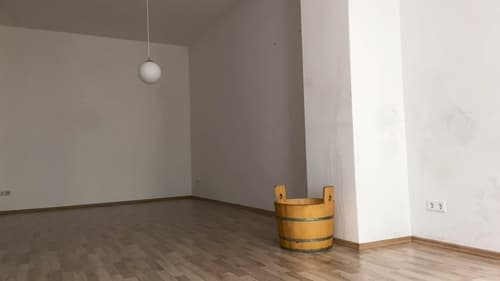
Inspired by a powerful involuntary mania which took hold of citizens in the city of Strasbourg just over five hundred years ago, this film is a collaboration in isolation with some of the greatest dancers working today.
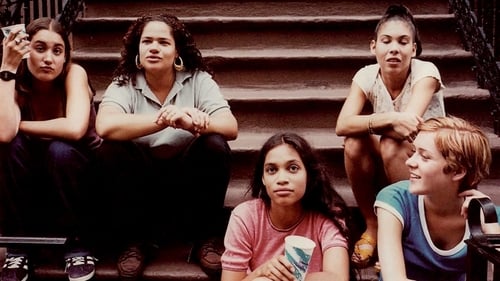
A day in the life of a group of teens as they travel around New York City skating, drinking, smoking and deflowering virgins.

Aitken wanted to create three music videos, each with their own narrative, to be aired separately at different times as part of his commercial production. The resulting video, shown in galleries, fuses together the three separate narratives in a non-linear fashion. Located on the precipice between the oft-thought mutually exclusive realms of art and entertainment, Autumn stands as an emblematic example of Aitken's video practice, investigating the cultural numbness generated by the flow of media images.
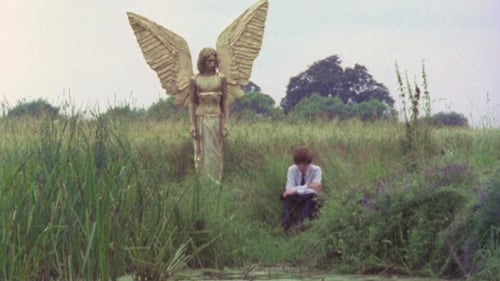
Through a series of real and imagined encounters with angels, demons, and England's pagan past, a pastor's son begins to question his religion and politics, and comes to terms with his sexuality.

"Butoh: Body on the Edge of Crisis" is a visually striking film portrait shot on location in Japan with the participation of the major Butoh choreographers and their companies. Although Butoh is often viewed as Japan's equivalent of modern dance, in actuality it has little to do with the rational principles of modernism. Butoh is a theater of improvisation which places the personal experiences of the dancer on center-stage. By reestablishing the ancient Japanese connection of dance, music, and masks, and by recalling the Buddhist death dances of rural Japan, Butoh incorporates much traditional theater. At the same time, it is a movement of resistance against the abandonment of traditional culture to a highly organized consumer-oriented society.
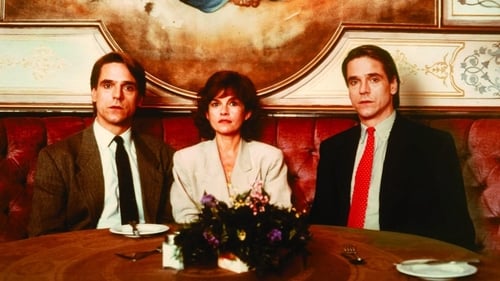
Elliot, a successful gynecologist, works at the same practice as his identical twin, Beverly. Elliot is attracted to many of his patients and has affairs with them. When he inevitably loses interest, he will give the woman over to Beverly, the meeker of the two, without the woman knowing the difference. Beverly falls hard for one of the patients, Claire, but when she inadvertently deceives him, he slips into a state of madness.
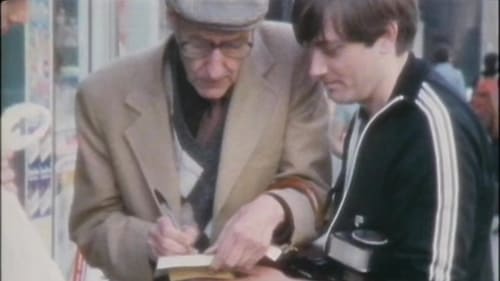
Derek Jarman's film portrait of American writer William S. Burroughs was shot in September 1982 during his first visit to England to attend the legendary Final Academy events at the South London Ritzy Cinema. These were Burroughs-themed art and performance nights curated by Psychic TV. Jarman’s film shows Burroughs on Tottenham Court Road signing autographs with fans and inside a shop buying alcohol. The industrial soundtrack by Psychic TV features a sample of Burroughs repeating "boys, school showers and swimming pools full of 'em'". Additional footage shot by Jarman during Burroughs' visit is reported to have been confiscated by Scotland Yard in 1991 and remains lost. Jarman and Psychic TV would continue to collaborate (“magic bound us together” Jarman wrote), with Jarman directing the music video for Catalan and staring as the spokesperson in the Psychic TV video A Spokesman for the Temple of Psychick Youth.
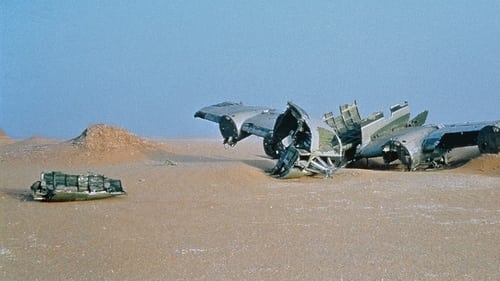
Shot under extreme conditions and inspired by Mayan creation theory, the film contemplates the illusion of reality and the possibility of capturing for the camera something which is not there. It is about the mirages of nature—and the nature of mirage.
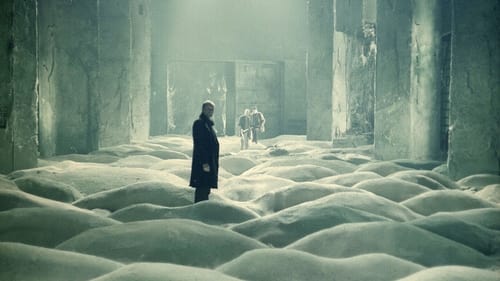
Near a gray and unnamed city is the Zone, a place guarded by barbed wire and soldiers, and where the normal laws of physics are victim to frequent anomalies. A stalker guides two men into the Zone, specifically to an area in which deep-seated desires are granted.

An experimental film looking at how a housewife struggles with the demands placed on her as a wife, mother, career-woman.

A very Parisian night. Paul plays at strangling Colette because she doesn't inspire him a single, damn camera shot. Early in the morning, he takes flight because the future is for those who get up early. Was it too late? It's too early to say.

Made during confinement, "In My Room" plunges us into the poignant story of a woman at the twilight of her life, through recordings of the director's deceased grandmother. Living rooms become stages where life is performed. Windows become portals to the lives of others.
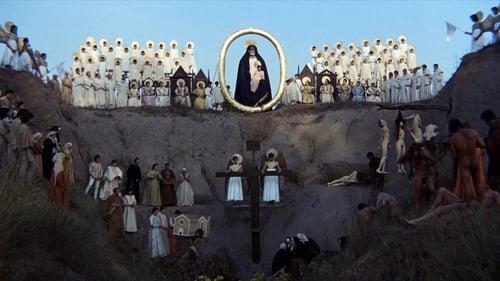
A young Sicilian is swindled twice, but ends up rich; a man poses as a deaf-mute in a convent of curious nuns; a woman must hide her lover when her husband comes home early; a scoundrel fools a priest on his deathbed; three brothers take revenge on their sister's lover; a young girl sleeps on the roof to meet her boyfriend at night; a group of painters wait for inspiration; a crafty priest attempts to seduce his friend's wife; and two friends make a pact to find out what happens after death.
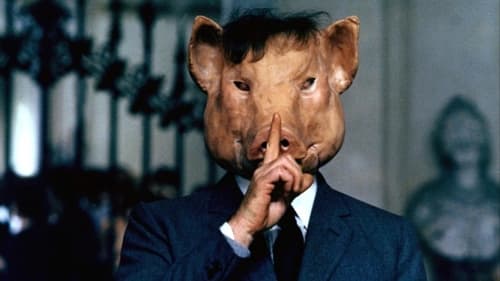
Two dramatic stories. In an undetermined past, a young cannibal (who killed his own father) is condemned to be torn to pieces by some wild beasts. In the second story, Julian, the young son of a post-war German industrialist, is on the way to lie down with his farm's pigs, because he doesn't like human relationships.
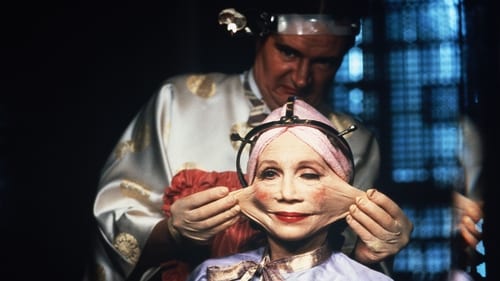
Low-level bureaucrat Sam Lowry escapes the monotony of his day-to-day life through a recurring daydream of himself as a virtuous hero saving a beautiful damsel. Investigating a case that led to the wrongful arrest and eventual death of an innocent man instead of wanted terrorist Harry Tuttle, he meets the woman from his daydream, and in trying to help her gets caught in a web of mistaken identities, mindless bureaucracy and lies.

Apiyemiyekî? addresses the genocide of the Waimiri-Atroari people in 1970s, when during the Brazilian dictatorship indigenous lands in the mid-west were invaded for the construction of the national road BR-174 and the installation of a mining company. Illustrations about the period, created by the indigenous population, including children, reveal a traumatic history, referring us to the present day.

A depiction of a series of violent killings in Northern Ireland.















